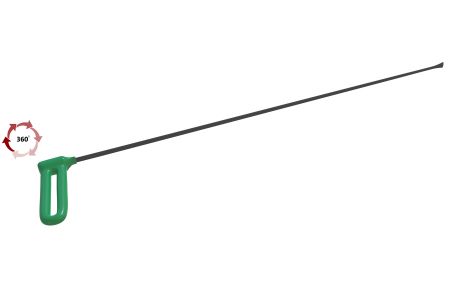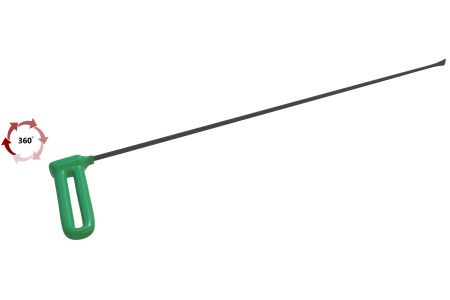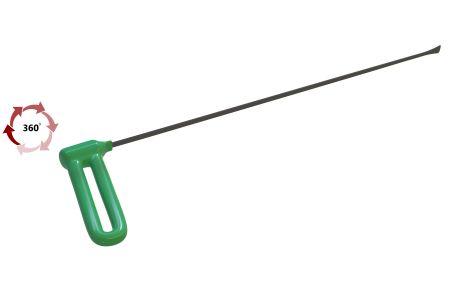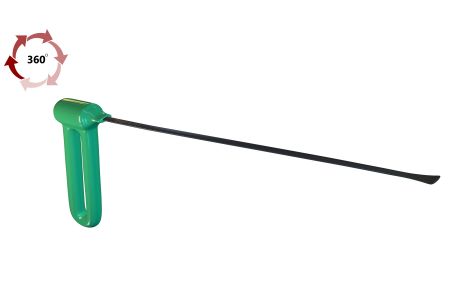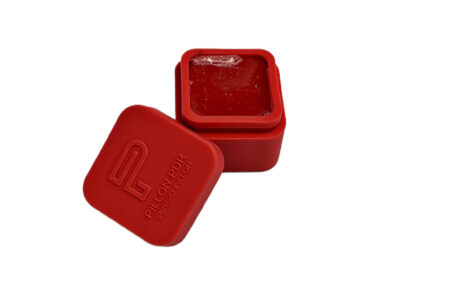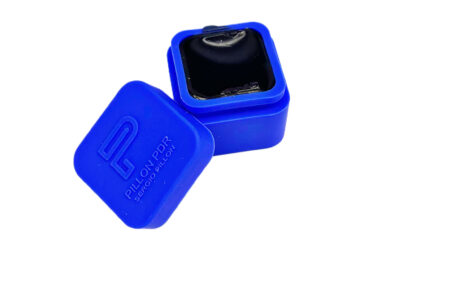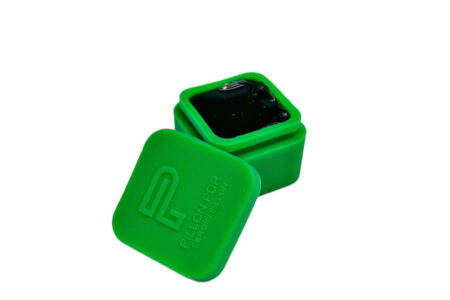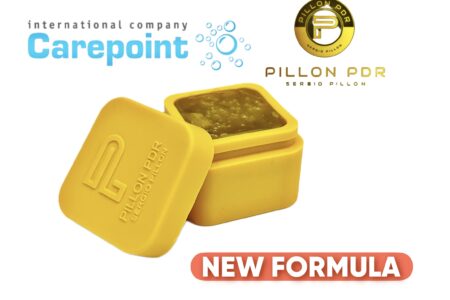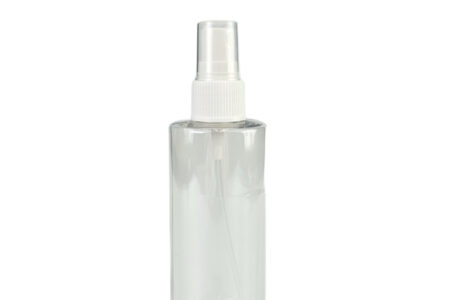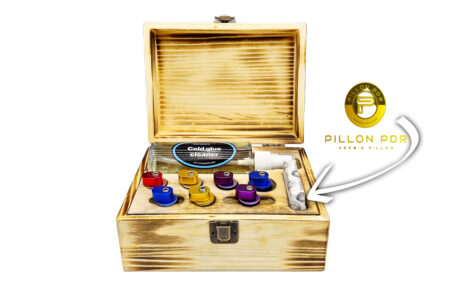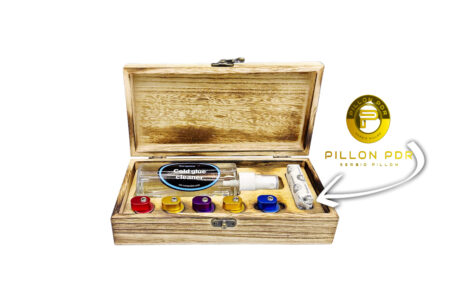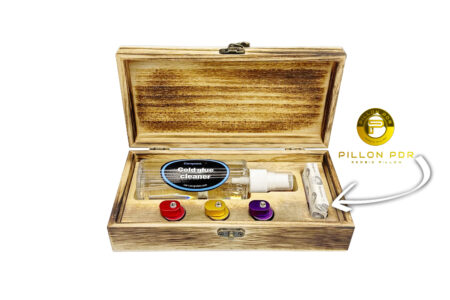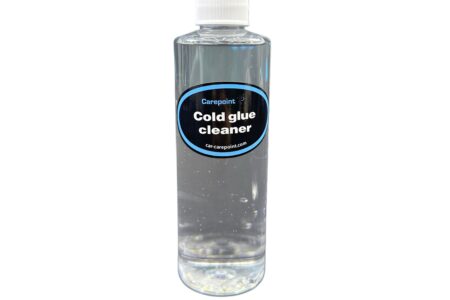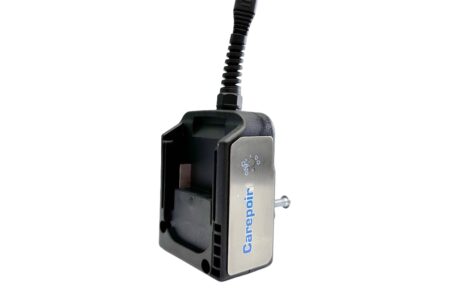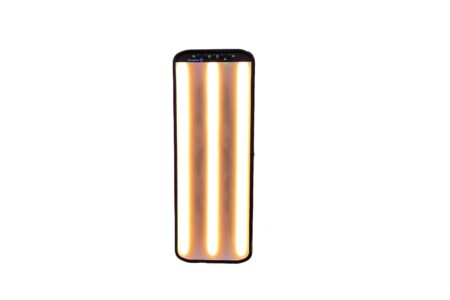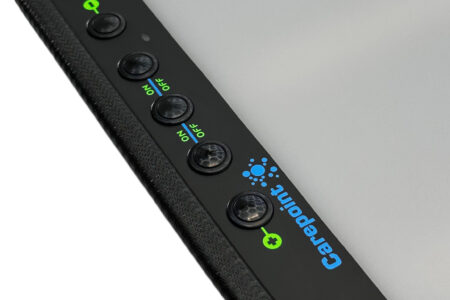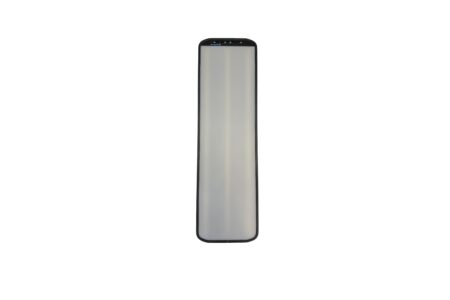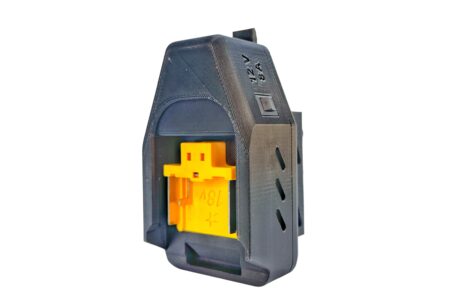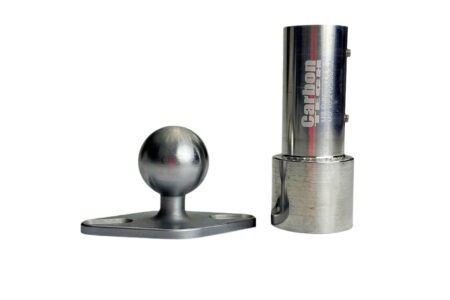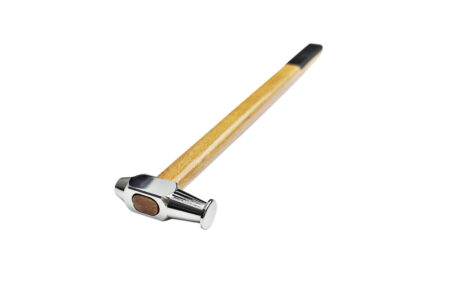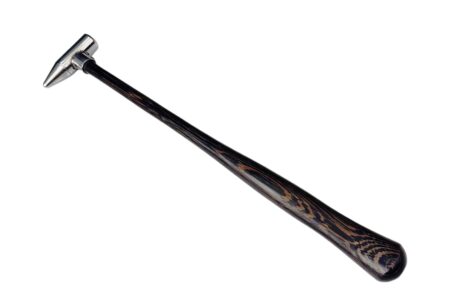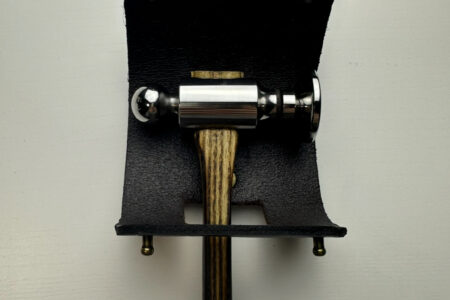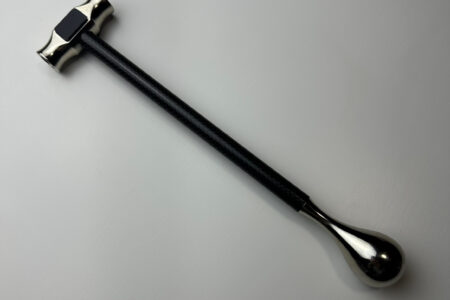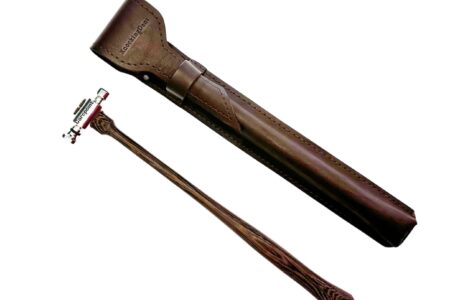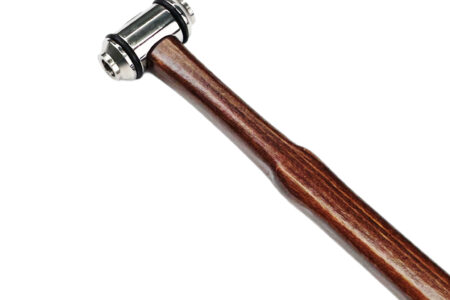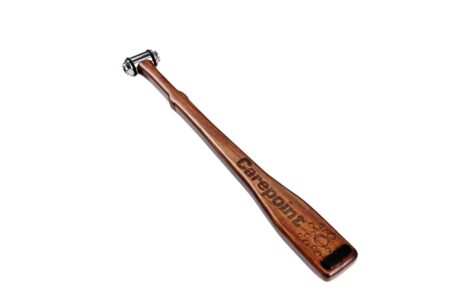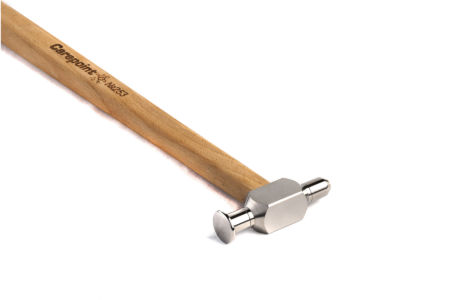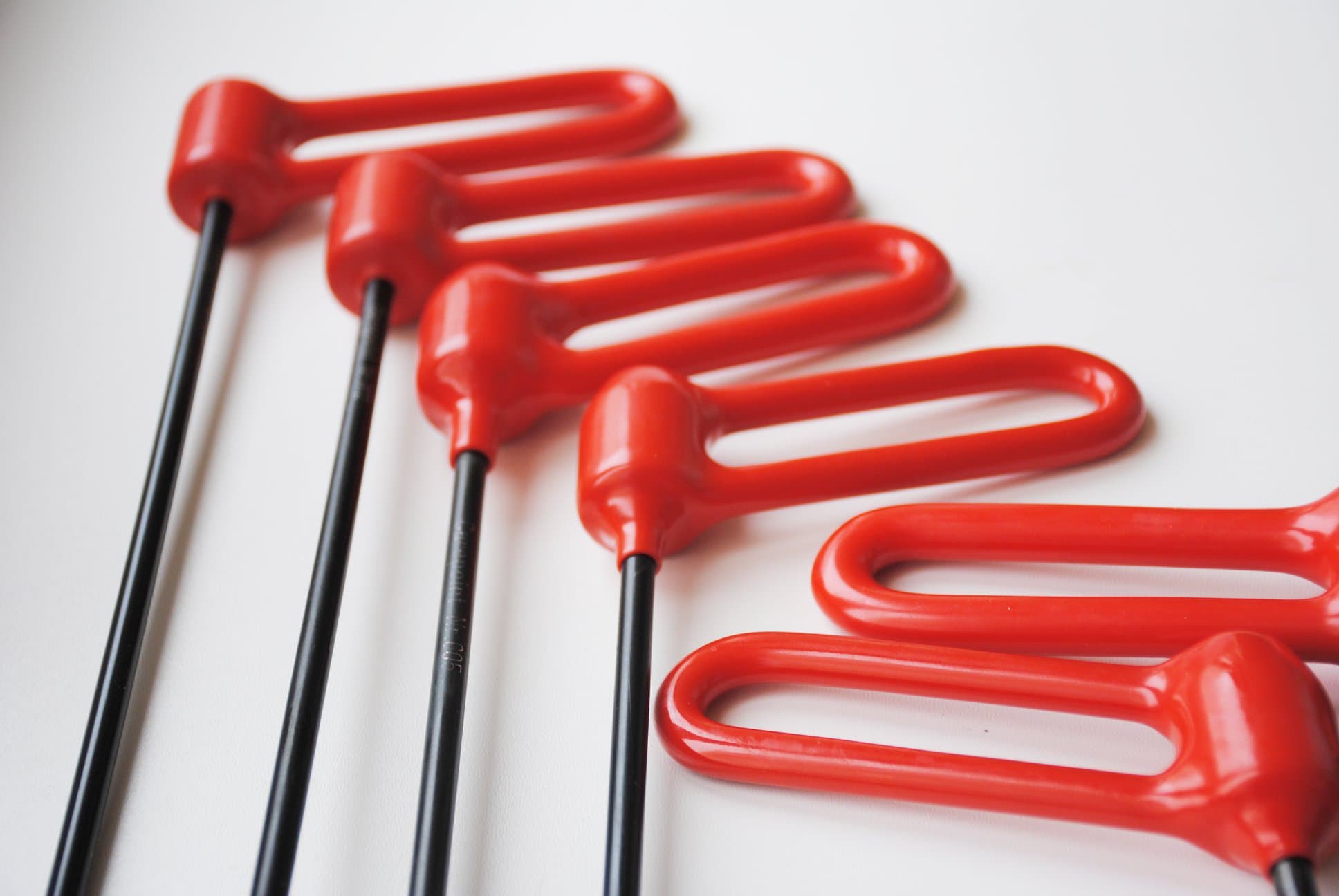
Restoring a car’s appearance is a significant aspect of every driver’s experience. Vehicles can sustain damage in various situations, such as road accidents, weather conditions, careless parking, or high-speed driving. In such cases, the edges and body panels of the car are often the most affected.
Paintless dent removal (PDR) is a technique used to repair a car’s surface without the need for putty or paint. This process involves using specialized tools to carefully press the metal back into its original shape, restoring the damaged areas.
In this article, we’ll discuss paintless dent repair and its key features. We’ll explore the characteristics of dents commonly found on the edges of cars, the tools required for their restoration, and important considerations during the repair process. Additionally, we’ll provide a step-by-step guide on how to perform paintless repairs yourself.
Why Dents on the Edges of a Car Are Difficult to Repair
Dents on the edges of a car present unique challenges compared to those on flat surfaces. The curves and transitions along a car’s edges require exceptional precision and accuracy, making it difficult to access and set up a workstation properly.
Another reason for the difficulty is the reinforced structure of the metal in these areas. Manufacturers often strengthen the edges with additional stiffeners or use thicker metal to enhance durability. While this reinforcement offers better protection, it significantly complicates the dent repair process.
The complexity of the repair also depends on the accessibility of the damaged area. Reaching the backside of a dent on a car’s edge can be particularly challenging, often requiring technicians to work in tight spaces or partially disassemble parts of the vehicle. This not only makes the repair process more difficult, but also increases the overall time needed to complete the job.
Additionally, there is a higher risk of damaging the paintwork when repairing dents on curved surfaces. The chances of cracking or peeling the paint are much greater on these areas, making PDR more challenging. Only experienced specialists skilled in paintless dent repair can successfully handle such tasks.
While paintless dent repair is generally faster and more cost-effective than traditional methods, allowing the preservation of the car’s original paint and appearance without replacing parts, the skill of the technician is paramount.
In the following sections, we’ll discuss popular tools for PDR and outline how to perform basic repairs yourself. However, this guide is best suited for small or simple damages. Achieving a perfect result requires the technician to have a deep understanding and “feel” for the metal. For more complex and challenging repairs, it’s advisable to seek out a specialized workshop.
PDR T-handle Tools with Adjustable Handle offer a high level of versatility and control, making them ideal for a range of dent repair scenarios. The adjustable handle allows technicians to customize the tool’s leverage, ensuring precise manipulation of the metal.
Best Tools for Repairing Dents on the Edges of Your Car
To effectively repair dents on the edges of your car, you’ll need a specialized set of tools, each playing a crucial role in restoring the damaged surface. Let’s take a closer look at some of the most important ones.
Whale Tails
Whale tails, also known as PDR repair hooks, are essential tools, especially when working with dents on the edges of a car. These tools consist of thin metal rods with variously shaped and sized bent ends. The curved tips are designed to reach difficult areas by maneuvering through small holes or gaps in the car’s structure, allowing precise manipulation of the metal from the inside.
-
0.5 inch / 12 mm, ADJUSTABLE HANDLE RODS, Whale Tails ADJUSTABLE HANDLE PDR
PDR Whale tail with adjustable handle L-700mm/23,6″, Width-12mm/0,5″ Carepoint 317A
0.5 inch / 12 mm, ADJUSTABLE HANDLE RODS, Whale Tails ADJUSTABLE HANDLE PDRPDR Whale tail with adjustable handle L-700mm/23,6″, Width-12mm/0,5″ Carepoint 317A
0 out of 5(0)Paintless Dent Repair Whale tail with adjustable handle 317A
SKU: 317A -
0.5 inch / 12 mm, ADJUSTABLE HANDLE RODS, Whale Tails ADJUSTABLE HANDLE PDR
PDR Whale tail with adjustable handle L-600mm/23,6″, Width-12mm/0,5″ Carepoint 316A
0.5 inch / 12 mm, ADJUSTABLE HANDLE RODS, Whale Tails ADJUSTABLE HANDLE PDRPDR Whale tail with adjustable handle L-600mm/23,6″, Width-12mm/0,5″ Carepoint 316A
0 out of 5(0)Paintless Dent Repair Whale tail with adjustable handle 316A
SKU: 316A -
0.5 inch / 12 mm, ADJUSTABLE HANDLE RODS, Whale Tails ADJUSTABLE HANDLE PDR
PDR Whale tail with adjustable handle L-500mm/19,7″, Width-12mm/0,5″ Carepoint 315A
0.5 inch / 12 mm, ADJUSTABLE HANDLE RODS, Whale Tails ADJUSTABLE HANDLE PDRPDR Whale tail with adjustable handle L-500mm/19,7″, Width-12mm/0,5″ Carepoint 315A
0 out of 5(0)Paintless Dent Repair Whale tail with adjustable handle 315A
SKU: 315A -
0.5 inch / 12 mm, ADJUSTABLE HANDLE RODS, Whale Tails ADJUSTABLE HANDLE PDR
PDR Whale tail with adjustable handle L-400mm/15,7″, Width-12mm/0,5″ Carepoint 314A
0.5 inch / 12 mm, ADJUSTABLE HANDLE RODS, Whale Tails ADJUSTABLE HANDLE PDRPDR Whale tail with adjustable handle L-400mm/15,7″, Width-12mm/0,5″ Carepoint 314A
0 out of 5(0)Paintless Dent Repair Whale tail with adjustable handle 314A
SKU: 314A -
0.5 inch / 12 mm, ADJUSTABLE HANDLE RODS, Whale Tails ADJUSTABLE HANDLE PDR
PDR Whale tail with adjustable handle L-300mm/11,8″, Width-12mm/0,5″ Carepoint 313A
0.5 inch / 12 mm, ADJUSTABLE HANDLE RODS, Whale Tails ADJUSTABLE HANDLE PDRPDR Whale tail with adjustable handle L-300mm/11,8″, Width-12mm/0,5″ Carepoint 313A
0 out of 5(0)Paintless Dent Repair Whale tail with adjustable handle 313A
SKU: 313A
Whale Tails are highly effective for pinpointing specific areas of a dent, allowing you to apply directed force to straighten the metal precisely. The variety in length, thickness, and bend shape of these tools enables you to select the right one for each specific situation, whether you’re dealing with sharp corners on door edges or smooth curves on car fenders.
Glue System
A glue system for dent pulling is an essential tool, particularly when access to the backside of the damage is limited. This system typically includes a glue gun, a set of tabs (often referred to as “mushrooms”) in various sizes and shapes, and a safe solvent for removing the glue afterward. The process involves applying glue to a tab, which is then adhered to the dented area. Once the glue hardens, the tab is pulled using a specialized tool, gently pulling the metal back into shape without damaging the car’s original paint.
-
Cold glue and Glue tabs, HOT & COLD GLUE SYSTEM, INNOVATION 2024
PDR Сold glue set 3 pcs 20g/0.04lb Carepoint 3554
Cold glue and Glue tabs, HOT & COLD GLUE SYSTEM, INNOVATION 2024PDR Сold glue set 3 pcs 20g/0.04lb Carepoint 3554
0 out of 5(0)Paintless Dent Removal Cold Glue 3554
SKU: 3554$140.00 This product has multiple variants. The options may be chosen on the product page -
Cold glue and Glue tabs, COLD GLUE SYSTEM, HOT & COLD GLUE SYSTEM, INNOVATION 2024
PDR Gold box with cold glue 20g/0.04lb Carepoint 3550
Cold glue and Glue tabs, COLD GLUE SYSTEM, HOT & COLD GLUE SYSTEM, INNOVATION 2024PDR Gold box with cold glue 20g/0.04lb Carepoint 3550
0 out of 5(0)Paintless Dent Removal Cold Glue 3550
SKU: 3550 -
Carepoint tips for cold glue, Cold glue and Glue tabs, HOT & COLD GLUE SYSTEM, INNOVATION 2024, PDR tools for sale, TIPS
PDR hail removal kit 9 pcs Carepoint 3528
-
Carepoint tips for cold glue, Cold glue and Glue tabs, HOT & COLD GLUE SYSTEM, INNOVATION 2024, PDR tools for sale, TIPS
PDR hail removal kit 7 pcs Carepoint 3527
-
Carepoint tips for cold glue, Cold glue and Glue tabs, HOT & COLD GLUE SYSTEM, INNOVATION 2024, PDR tools for sale, TIPS
PDR hail removal kit 5 pcs Carepoint 3526
-
Cold glue and Glue tabs, HOT & COLD GLUE SYSTEM, INNOVATION 2024
Cold Glue Residue Remover 8 oz (240 ml) Carepoint 3505
Cold glue and Glue tabs, HOT & COLD GLUE SYSTEM, INNOVATION 2024Cold Glue Residue Remover 8 oz (240 ml) Carepoint 3505
0 out of 5(0)Cold Glue Residue Remover Carepoint 3505
SKU: 246-1 -
Cold glue and Glue tabs, HOT & COLD GLUE SYSTEM, INNOVATION 2024
Cold Glue Residue Remover 4 oz (120 ml) Carepoint 3504
Cold glue and Glue tabs, HOT & COLD GLUE SYSTEM, INNOVATION 2024Cold Glue Residue Remover 4 oz (120 ml) Carepoint 3504
0 out of 5(0)Cold Glue Residue Remover Carepoint 3504
SKU: 245-1
Cold Glue Tabs and Cold Glue Dent Pullers offer an alternative dent removal method that doesn’t require heating the adhesive. These systems use cold glue applied to specialized molds. Unlike traditional adhesive systems, cold glue doesn’t need a long curing time and can be reused multiple times.
Dent pulling with Cold Glue Tabs is faster and more convenient, particularly in a mobile repair environment. This method also reduces the risk of paint damage, making it ideal for delicate surfaces.
PDR Lighting
Quality lighting is crucial in the dent repair process. Special PDR lamps with adjustable light intensity and direction are essential for detecting surface irregularities. These lights create contrasting shadows, allowing the technician to see all defects and dents clearly, leading to more precise and effective surface restoration. The ability to adjust light intensity helps adapt to different working conditions, making the repair process more convenient and efficient.
Some craftsmen prefer to use striped reflective boards, which are also effective in revealing surface imperfections. These boards create a striped pattern on the car’s surface, and any distortion in the stripes highlights the shape and location of the dent, making it more visible. Striped boards are easy to use and do not require a power connection, making them especially convenient for mobile repairs.
PDR Hammers
Various hammers and bits are used for the final surface finishing in PDR. These tools need to be light and precise to avoid causing additional damage. Hammers with Teflon or nylon tips are commonly used to minimize the risk of damaging the paint. These specialized hammers allow the craftsman to carefully smooth out small irregularities, ensuring the surface is restored to its original appearance.
In addition, the variety of nozzle shapes and sizes allows for effective work on different types of dents, making PDR hammers indispensable tools for achieving perfect results in the dent removal process.
The quality of these tools is crucial for successful repairs. Professional craftsmen typically prefer tools from well-known brands specializing in PDR equipment, as these provide the precision and durability needed for high-quality work.
Hail Tip Rods are specifically designed for addressing dents caused by hail damage, especially on roofs and other large panels. These rods feature specialized tips that allow for efficient and accurate repair, restoring the surface without the need for paint.
How to remove dents on the edge of a car: step by step
In this section, we’ll take a step-by-step look at the process of removing dents on the edges of a car using the PDR (Paintless Dent Removal) method. Regardless of your experience or specialization, everyone will be able to try their hand at it. These instructions will help you understand the key steps in the process and avoid common mistakes.
Every dent is unique, and you will need to adapt these steps to each specific situation. The key is to approach the process with care and attention to detail.
Step 1. Damage Assessment and Preparation
The first step in the car edge dent removal process is to thoroughly assess the damage. Spread out the lighting and start by visually inspecting the dent. Pay attention to its size, depth, and location. It’s important to assess how badly the metal is warped and if there are any sharp corners or creases.
Run your fingers over the surface of the dent to feel its contours. This will help determine how much the metal is stretched and if there are micro cracks in the paint. If the dent is on the edge of the door or hood, check to see if the damage has affected the functionality of the part.
After assessing the damage, you need to prepare a workspace. Choose a well-lit area and allow enough room to maneuver. Thoroughly clean the damaged area and surrounding areas with a special cleaner for automotive surfaces. This will not only improve the visibility of the damage, but will also provide a better grip for tools if an adhesive system is required.
Prepare all the tools you need for the job: a set of levers and hooks of different sizes and shapes, a glue system with mushrooms, soft-tipped hammers, a reflective board or a special PDR light. Make sure all tools are clean and in good condition.
Finally, assess whether the dent is suitable for PDR repair. If the damage is too severe, there are sharp edges or cracks in the paint, a traditional body repair may be necessary. If in doubt, it is better to consult a professional.
Proper assessment and thorough preparation will lay the groundwork for a successful repair and help avoid unexpected problems along the way.
Step 2. Ensuring access to the dent
The next crucial step is ensuring proper access to the dent, which can be challenging, especially when dealing with the edges of car parts.
Start by determining the best path to access the dent. It’s important to identify a quick and convenient route. In some cases, you’ll need to partially disassemble the vehicle. For example, to reach a dent on the edge of a door, you might need to remove the interior trim. If the damage is on the edge of the hood or fender, removing components like headlights, the grille, or other nearby parts may be necessary.
Before you begin disassembly, take pictures of all parts in their original positions. This will help you reassemble everything correctly. Be particularly careful when handling wiring and connectors, as many modern vehicles have complex electronics. Accidental damage to wiring can lead to serious problems, so it’s advisable to take additional photos of the wiring and connectors to ensure you can reconnect or replace them if needed.
In some situations, full access to the backside of the dent might not be possible. When this happens, you’ll need to work through available access points, such as existing holes, or consider using repair methods from the front side.
Once you’ve secured access, reassess the damage. With a clearer view, you can more accurately determine the extent of the damage and select the most appropriate repair method.
Remember, securing proper access to the dent is critical for a successful repair. Take your time and proceed carefully during this step, as mistakes can cause further damage and complicate the process.
Step 3. Selecting a Repair Method and Getting Started
Once the damage has been assessed and the dent is accessible, the next step is to choose the most appropriate repair method. For dents on the edges of a car, there are usually two main approaches: working from the backside or from the front of the part.
If you have access to the backside of the dent, this is the preferred method. You’ll need special levers and hooks of various shapes and sizes. Select the tool that best suits your particular dent, considering the size and location of the damage.
Start by applying light pressure to the center of the dent. It’s important not to apply too much force at once to avoid creating a bulge in the opposite direction. Work gradually, moving from the edges of the dent toward the center. This approach helps distribute the stress evenly across the metal, reducing the risk of creating new deformations.
If you cannot access the backside, you’ll need to use repair methods from the front. In this case, an adhesive system is often employed. Choose a glue tab (typically referred to as a “fungus”) that matches the size of the dent, and apply a special adhesive to its base. Attach the tab to the center of the dent and allow the glue to cure according to the manufacturer’s instructions.
Once the glue has set, gently begin pulling out the dent using the special tool attached to the tab. It’s important not to overdo it—the goal is not to eliminate the dent entirely in one go, but to gradually reduce its depth.
Throughout the process, continuously evaluate your progress. Use a reflective board or a specialized PDR lamp to detect even the smallest irregularities. Keep in mind that even minimal defects can be noticeable on the edges of parts.
Regardless of the method you select, the key to success is patience and precision. Avoid trying to fix the dent in a single attempt. It’s better to work incrementally, alternating between applying pressure or pulling and then checking the results.
If you notice the metal resisting or hear unusual sounds while working, stop and reassess the situation. You may need to adjust your approach or consult a professional if the damage is more complex than initially thought.
Step 4. The Dent Repair Process
This step is critical in the dent repair process and requires extra care, especially when working on the edges of car parts.
Begin with the deepest part of the dent, gradually working your way outward toward the edges. If you’re working from the backside, use levers and hooks to gently apply pressure to the metal. It’s important to maintain even pressure, avoiding sudden movements that could create new deformations.
If you’re using a front-facing adhesive system, after attaching the tab, pull it slowly and evenly toward you. Pay close attention to how the metal responses. If you encounter strong resistance, don’t force it, as this can stretch the metal or damage the paint.
As you work, regularly check your progress using a reflective board or PDR lamp. These tools help you detect even the smallest irregularities that might not be visible to the naked eye. Pay special attention to the transitions between the dented area and the surrounding surface—they should be smooth and seamless.
When dealing with a dent on a curved part of the edge, consider the natural curvature of the surface. Your goal is not just to flatten the metal, but to restore its original shape.
During the straightening process, you might encounter “high spots”—areas where the metal protrudes above the surrounding surface. To address these, use soft-tipped hammers to gently tap down the protruding areas. Always place a protective pad between the hammer and the car’s surface to avoid damaging the paint.
Remember that metal has a “shape memory,” and it might slightly revert to its deformed state after straightening. To counteract this, you may need to over-correct the dent slightly to account for this effect.
Be prepared for the straightening process to take some time, especially if the dent is complex or located on a particularly hard part of the edge. Take your time and don’t rush to achieve a perfect result in one attempt. It’s often helpful to take breaks to reassess your progress with fresh eyes.
Step 5. Final Finishing and Inspection
Begin by carefully inspecting the repaired area under various lighting conditions. Use a PDR lamp, moving it at different angles to expose even the slightest irregularities. Pay close attention to the transitions between the repaired area and the surrounding surface—these should be completely smooth and seamless.
If you notice any small imperfections, use fine tools to correct them. These could include miniature levers or special nozzles designed for spot work. Exercise extreme caution at this stage, as excessive force or precision can unintentionally create new deformations.
Once you’re confident that the surface is perfectly smooth, run your fingers over the repaired area. This tactile inspection helps identify any subtle irregularities that may not be visible. If you feel any roughness or unevenness, revisit the previous steps to eliminate them.
Next, inspect the paint finish. Look carefully for micro-cracks, peeling, or any other damage to the paint. If you find any defects, you may need to perform localized polishing or, in extreme cases, spot painting to restore the finish.
If you used an adhesive system during the repair, ensure that all traces of adhesive have been completely removed from the surface. Use a special solvent designed to remove adhesive without damaging the paint.
If the repair involved disassembling any parts of the vehicle, carefully reassemble everything. Double-check that all elements are installed correctly, ensuring there are no gaps or protruding parts.
Conclude the process by test driving the car to ensure everything functions properly, especially if the repair was done on movable parts like doors or the hood.
Remember, the quality of the final finishing and inspection is crucial to the overall success of the repair. Take your time and be thorough to achieve the best possible result.
Summary
Removing dents from the edges of a car without repainting requires specialized tools and techniques to preserve the original paint and avoid further damage. Adhesive systems, including glue guns and tabs, are effective for pulling out dents, even when access to the backside is limited. Cold Glue Tabs and Cold Glue Dent Pullers offer a quicker, more convenient alternative to traditional methods.
High-quality illumination, using PDR lamps and striped reflective boards, is crucial for detecting even the smallest surface irregularities. For final finishing, lightweight PDR hammers with Teflon or nylon tips are ideal for smoothing the surface while minimizing the risk of paint damage. By following these steps and using the appropriate tools, you can effectively repair dents while maintaining the car’s appearance.


